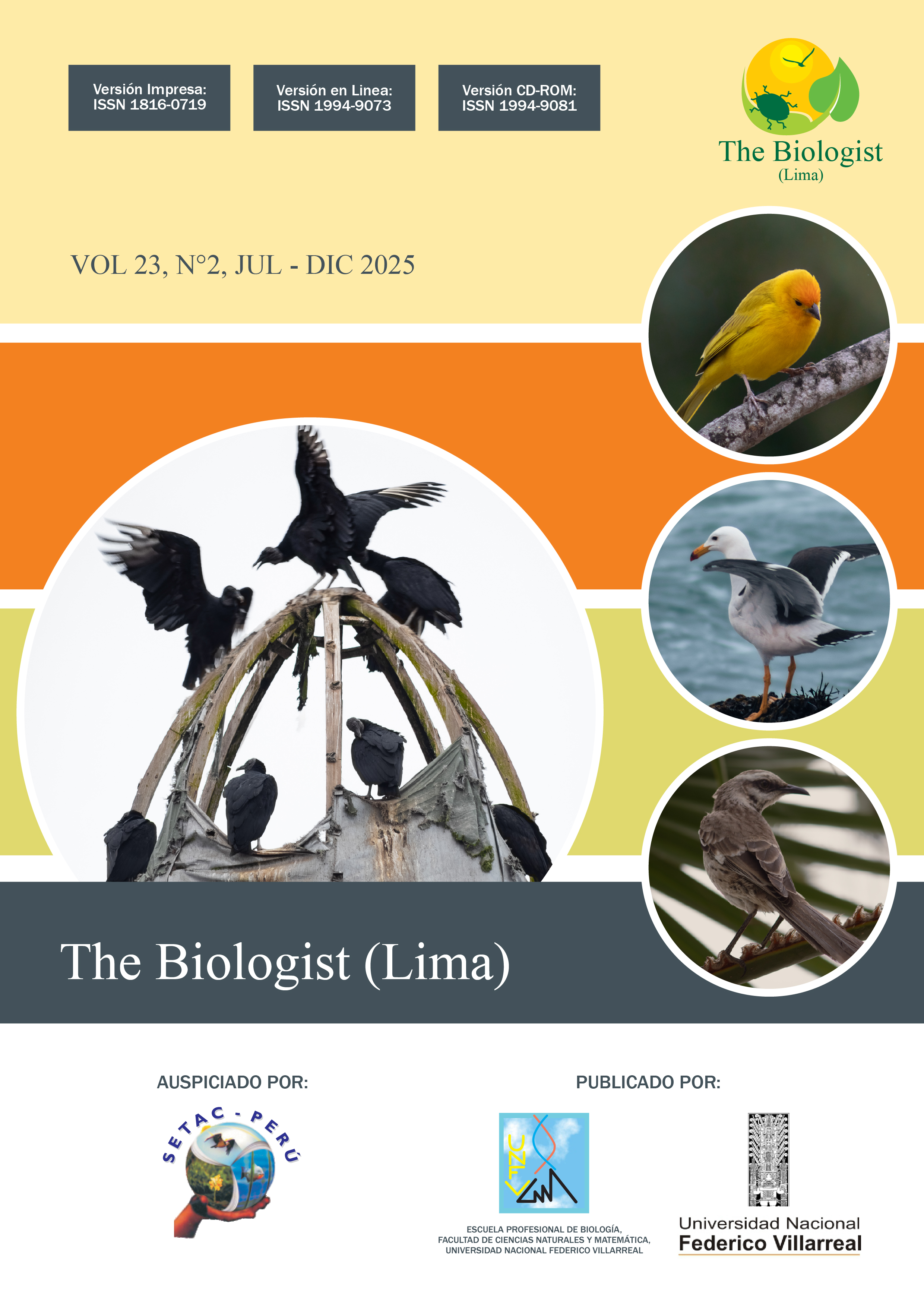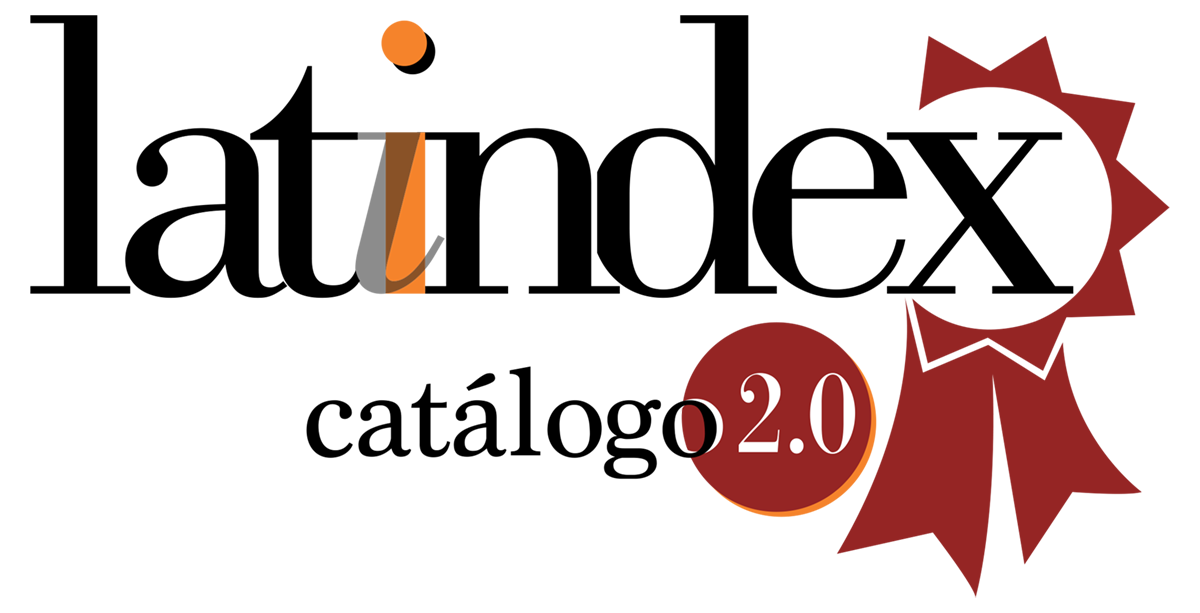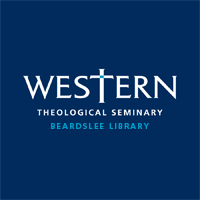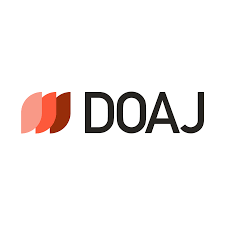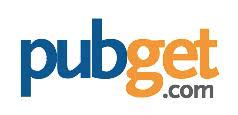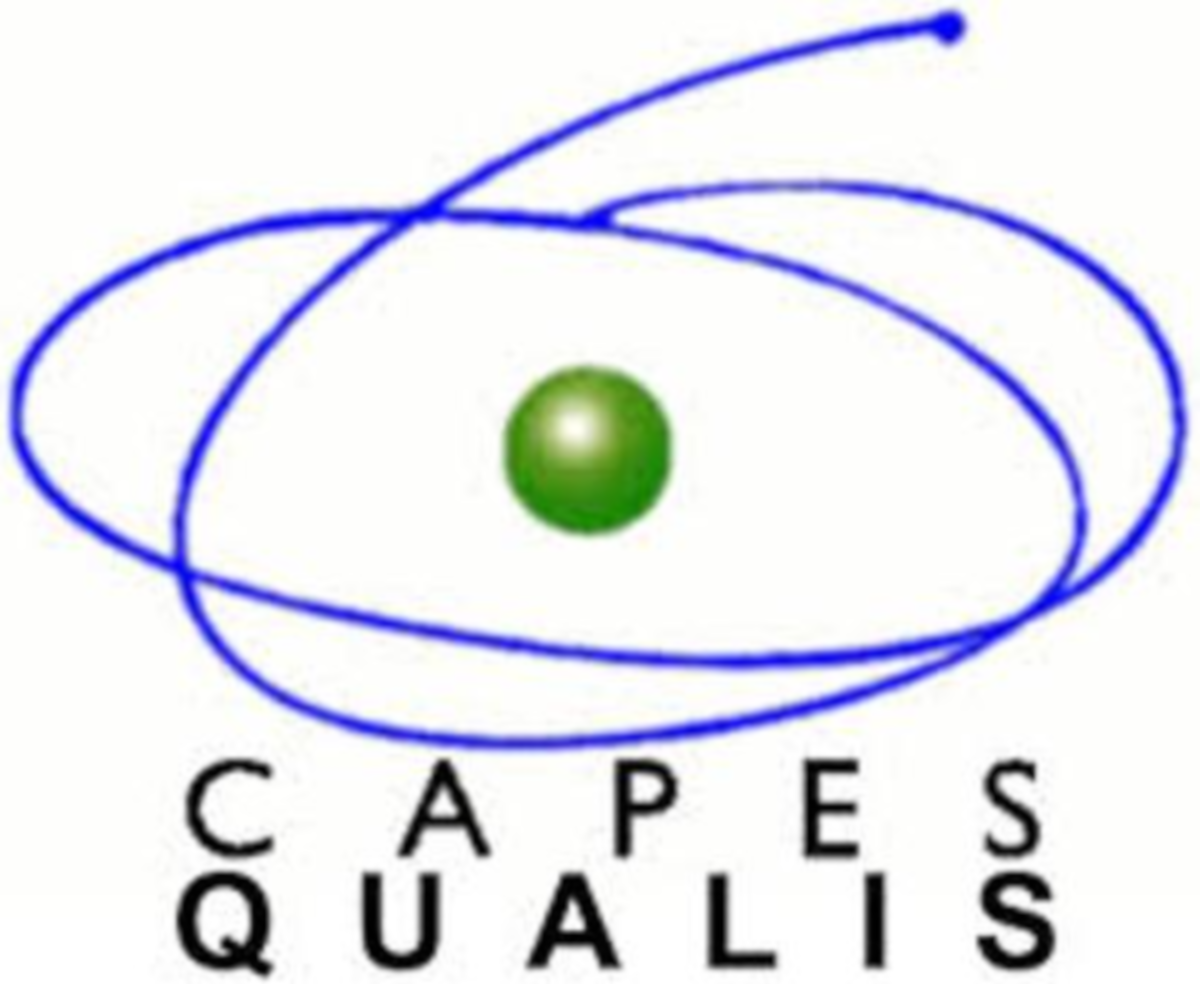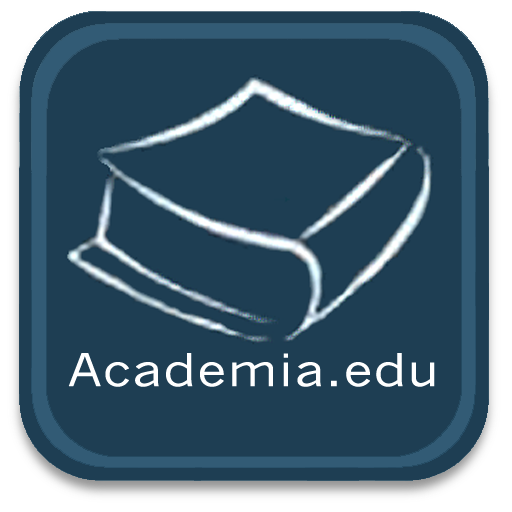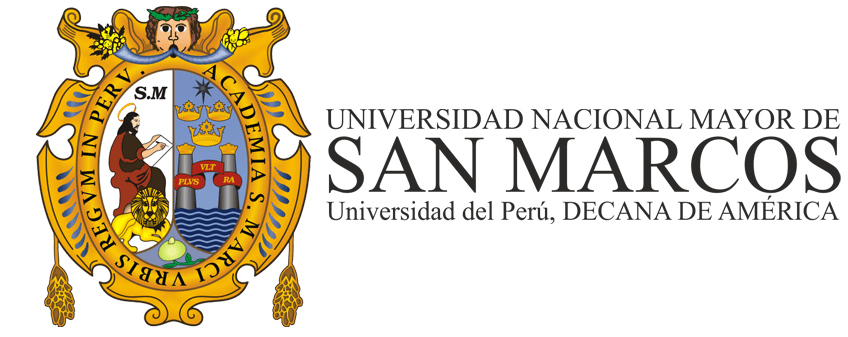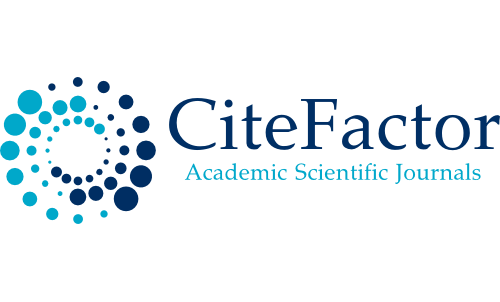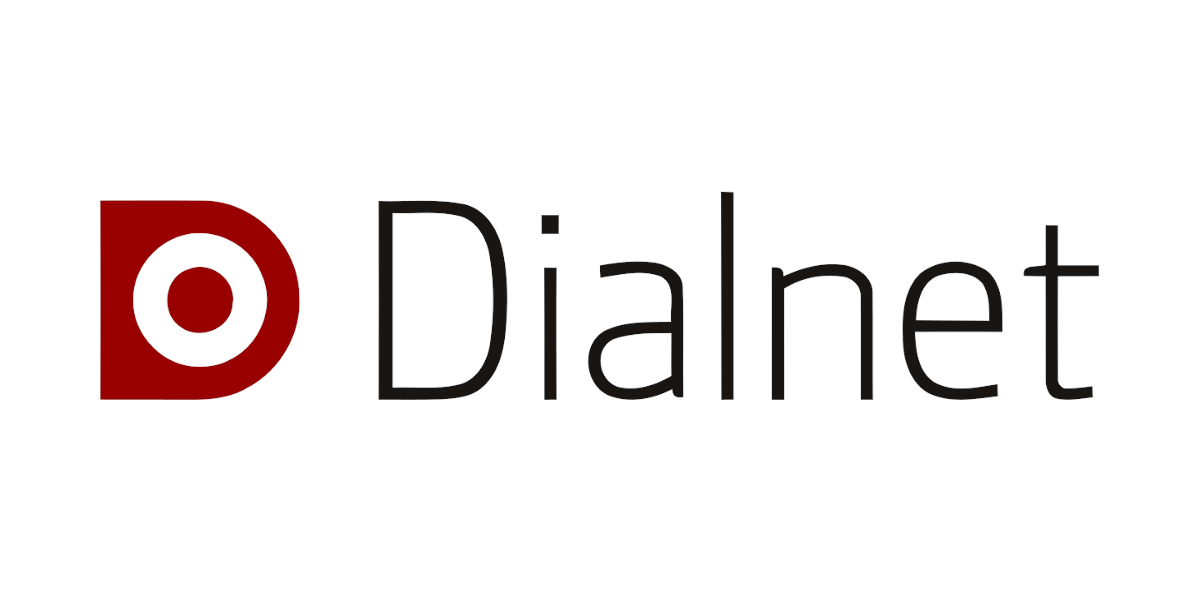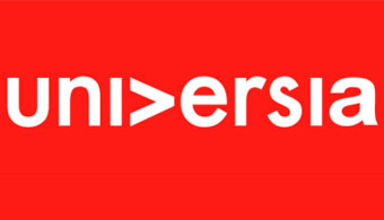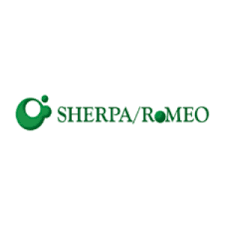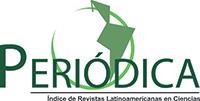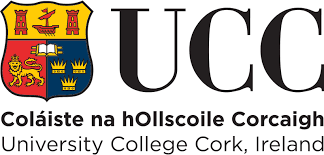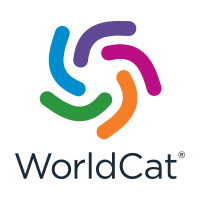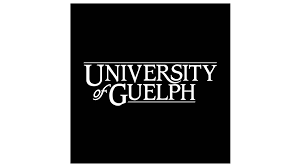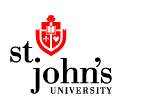Artificial lithography in emergent categories of user digital communication
DOI:
https://doi.org/10.62430/rtb20252322047Keywords:
digital communicative epistemology, user interaction, artificial lithography, communicative practices, social networksAbstract
The objective of the study was to construct an artificial lithography within emergent categories of user digital communication. Between May and September 2024, a systematic literature review in English was conducted on Google Scholar (2020-2024) utilizing the Prisma methodology. The search addressed digital communicative practices, the impact of social networks, and user interaction. Using artificial lithography, connections between categories were established based on link quadrants and prior citations. It was found that studies on digital communication and interaction in social networks fell into three categories: digital communicative practices (42%), impact of social networks (30%), and user interaction (28%). Notable production peaks occurred in 2020 and 2023, reflecting a growing interest since 2017 and the influence of the pandemic. It is discussed that the literature evidences the adaptation of digital communicative practices and the increasing role of social networks in key sectors, highlighting the importance of user interaction in brand perception. This necessitates diverse approaches to understand the complex dynamics of digital communication. It is concluded that the categories of digital user communication demonstrated autonomous and creative content for transforming a digital ecosystem, promoting active and collaborative interactions, redefining structures, and generating dynamic and participatory communication.
Downloads
Downloads
Published
How to Cite
Issue
Section
License

This work is licensed under a Creative Commons Attribution-NonCommercial-NoDerivatives 4.0 International License.
Objeto: El AUTOR-CEDENTE transfiere de manera TOTAL Y SIN LIMITACIÓN alguna al CESIONARIO (Revista The Biologist (Lima)) los derechos patrimoniales que le corresponden sobre sus obras por el tiempo que establezca la ley internacional. En virtud de lo anterior, se entiende que el CESIONARIO adquiere el derecho de reproducción en todas sus modalidades, incluso para inclusión audiovisual; el derecho de transformación o adaptación, comunicación pública, traducción, distribución y, en general, cualquier tipo de explotación que de las obras se pueda realizar por cualquier medio conocido o por conocer en el territorio nacional o internacional.
Remuneración: La cesión de los derechos patrimoniales de autor que mediante este contrato se hace será a título gratuito.
Condiciones y legitimidad de los derechos: El AUTOR-CEDENTE garantiza que es propietario integral de los derechos de explotación de la(s) obra(s) y en consecuencia garantiza que puede contratar y transferir los derechos aquí cedidos sin ningún tipo de limitación por no tener ningún tipo de gravamen, limitación o disposición. En todo caso, responderá por cualquier reclamo que en materia de derecho de autor se pueda presentar, exonerando de cualquier responsabilidad al CESIONARIO.
Licencia de acceso abierto: El AUTOR-CEDENTE autoriza que manuscrito publicado en la Revista Científica The Biologist (Lima) (versión Impresa ISSN 1816-0719, versión en línea ISSN 1994-9073) permanece disponible para su consulta pública en el sitio web http://revistas.unfv.edu.pe/index.php/rtb/index y en los diferentes sistemas de indexación y bases de datos en las que la revista tiene visibilidad, bajo la licencia Creative Commons, en la modalidad Reconocimiento-No comercial- Sin Trabajos derivados –aprobada en Perú, y por lo tanto son de acceso abierto. De ahí que los autores dan, sin derecho a retribución económica, a la Escuela Profesional de Biología, Facultad de Ciencias Naturales y Matemática de la Universidad Nacional Federico Villarreal (EPB - FCCNM - UNFV), los derechos de autor para la edición y reproducción a través de diferentes medios de difusión.

